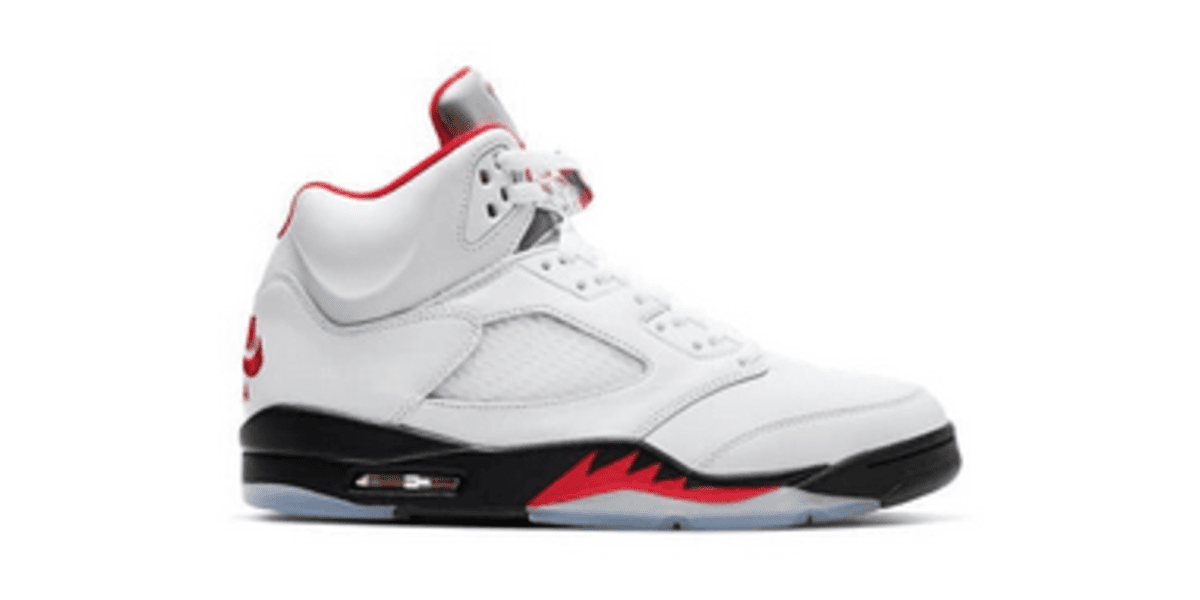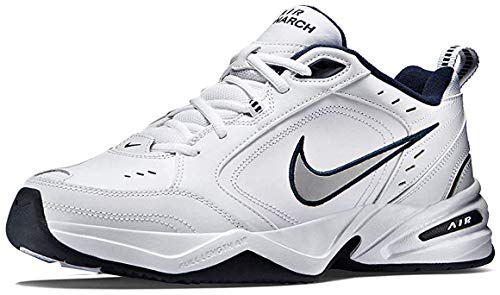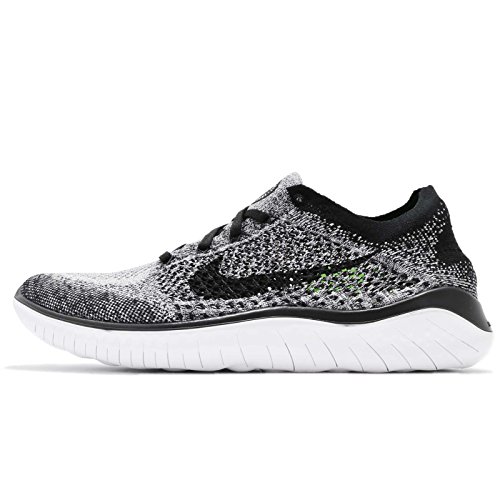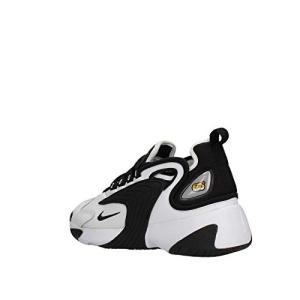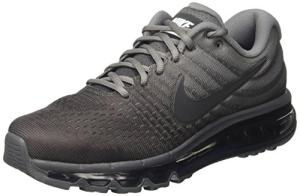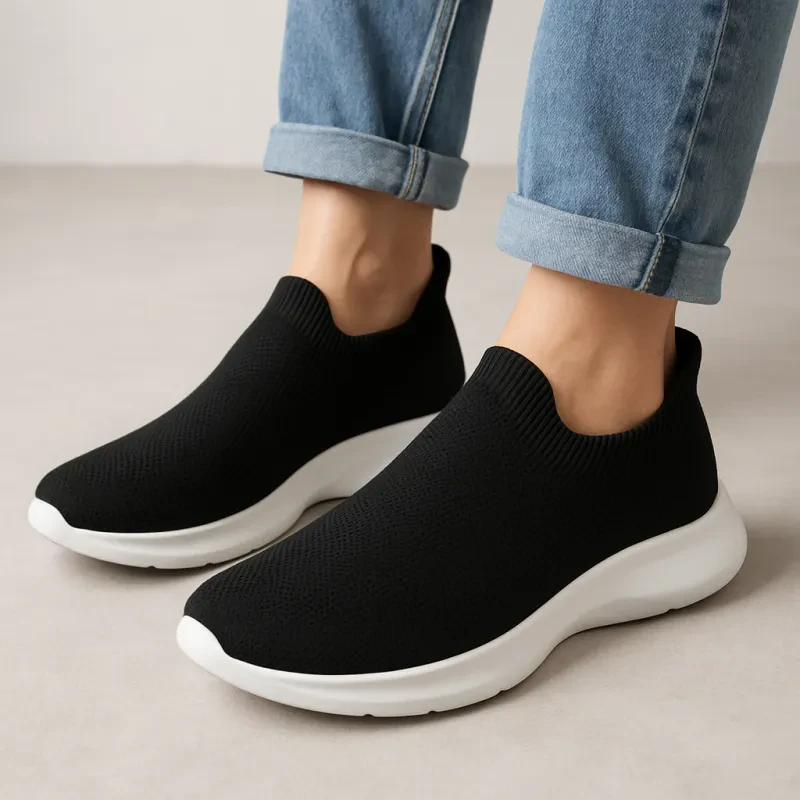Introduction:
Choosing the right sneaker can make a big difference for anyone, whether they're a casual walker or a serious runner. To find the perfect sneaker for your foot type, it's crucial to understand your unique needs and the different features that sneakers offer. With so many options available, selecting the right pair can feel overwhelming, but knowing the basics can simplify the process.

Foot shape and arch type play a significant role in sneaker comfort and performance. Sneakers come in various designs to support different activities, and finding the right style can help prevent common pain issues. Readers will learn how to identify their foot type and choose sneakers that offer the best fit and support.
Understanding the essential features of sneakers also helps in making a smart choice. By addressing fit issues and knowing how to enhance sneaker performance, someone can enjoy a more pleasant experience with every step.
Key Takeaways
- Knowing foot type helps in selecting suitable sneakers.
- Different activities require different sneaker features.
- Proper fit can enhance comfort and performance.
Understanding Your Foot Type
Knowing the specifics of foot type helps in selecting the right sneaker. It involves examining arch types and how a person's gait influences the fit and function of shoes.
Identifying Your Arch Type
There are three main arch types: flat feet, neutral arches, and high arches.
- Flat Feet: These arches are lower, which can cause the foot to roll inward. People with flat feet often require shoes with extra support and stability.
- Neutral Arches: This arch type offers a balanced foot structure. It can absorb shock well and generally accommodates a variety of sneaker types.
- High Arches: High arches mean there is more curve. This can lead to less shock absorption. Sneakers with cushioning and flexibility are best for this type.
To identify arch type, one simple method is the wet foot test. Wet the foot and step on a blank surface. The footprint will show the arch height based on how much of the foot is visible.
Gait Analysis and Pronation
Pronation refers to how the foot rolls when walking or running. There are three types of pronation: overpronation, neutral pronation, and supination.
- Overpronation: The foot rolls too far inward. This is common with flat feet. It may lead to injuries, so shoes need extra support.
- Neutral Pronation: The foot rolls slightly inward, which is a normal movement. Sneakers can vary widely in this category.
- Supination: This occurs when the foot rolls outward. It often affects those with high arches. Cushioned shoes help with support and shock absorption.
To analyze gait, people can visit a specialty store that offers fitting services. They may use a treadmill and video to track how the foot moves during activity.
Key Features of a Perfect Sneaker
To choose the right sneaker, focus on features that directly affect performance and comfort. Fit, cushioning, and durability all play crucial roles in finding the perfect pair.
Importance of Proper Fit
A proper fit is essential for comfort and functionality. Sneakers should feel snug yet not tight. Ideally, there should be about a thumb's width of space between the longest toe and the end of the shoe.
Different foot shapes and width can affect how sneakers fit. Those with wider feet might need a brand that offers wide sizes.
It's important to try on sneakers later in the day when feet are slightly swollen to get a realistic idea of fit. Proper fit reduces the risk of blisters and foot pain during activity.
Cushioning and Support
Cushioning provides comfort and shock absorption. The midsole is the part of the sneaker that typically contains cushioning materials like EVA foam.
Good sneakers often have a supportive insole that molds to the foot's shape. A supportive arch can help in preventing foot fatigue and injuries.
Different activities require different levels of support. For running, a sneaker with more cushioning may be ideal, while walking might require a firmer shoe. Knowing one's foot type is vital for choosing the right level of support.
Durability and Quality
Durability refers to how well a sneaker holds up over time. Sneakers made from high-quality materials last longer, reducing the need for frequent replacements.
Look for reinforced outsoles, as they provide traction and help extend the life of the shoe. Quality stitching and materials often indicate a better build and longevity.
Reviewing user feedback about a sneaker's performance can help gauge its durability. Choosing a sneaker with a good reputation for quality often pays off in the long run.

Sneaker Types Based on Activity
Choosing the right sneaker can depend greatly on the intended activity. Different activities warrant specific types of shoes for optimal performance and comfort. Here are the key categories to consider.
Running Shoes Versus Trail Shoes
Running shoes are designed for paved surfaces and focus on cushioning and support. They typically have a lightweight design to enhance speed. Look for features like breathable mesh uppers and responsive cushioning. Popular brands often offer these qualities.
Trail shoes are built for off-road running. They have sturdier outsoles with deeper treads for better grip on uneven surfaces. The materials used are usually more durable to withstand rocks and roots. Some trail shoes offer extra ankle support, which is helpful when navigating rough terrain.
Specialized Shoes for Different Sports
Various sports require unique footwear for safety and performance. For example, soccer shoes have cleats for traction on grass, while basketball shoes provide ankle support and cushioning for jumping.
Tennis shoes offer lateral support and a firmer grip for quick movements. Cross-training shoes are versatile, designed for multiple activities, but may not be the best option for specialized sports.
Consider the specific needs of the activity to ensure proper fit and function. This selection can greatly enhance performance and reduce the risk of injury.
Troubleshooting Common Fit Issues
Many people face fit issues when choosing sneakers. These problems can lead to blisters, foot pain, and conditions like plantar fasciitis. Addressing these challenges can help ensure comfort and support.
Preventing and Dealing with Blisters
Blisters often form due to friction between the shoe and foot. To prevent blisters, it is important to choose the right size. A shoe that is too tight can cause rubbing.
Tips to prevent blisters:
- Wear moisture-wicking socks: This helps keep the feet dry.
- Break in new shoes gradually: Start with short periods of wear.
- Use blister pads: These can provide extra cushioning.
If blisters do develop, it's best to keep them clean and covered. Avoid popping them to reduce the risk of infection. Instead, use a sterile bandage to protect the area.
Addressing Foot Pain and Plantar Fasciitis
Foot pain can stem from various issues, including improper arch support or the wrong shoe type. Plantar fasciitis, characterized by heel pain, is common among runners and those with high arches or flat feet.
To reduce foot pain:
- Select shoes with good arch support: This helps distribute weight evenly.
- Choose cushioned soles: Extra padding can ease pressure on the feet.
- Incorporate orthotics: Custom inserts can provide additional support where needed.
Stretching the calves and Achilles tendon can help reduce tension in the foot. Regular stretching may alleviate discomfort and improve flexibility. If pain persists, consulting a healthcare professional is wise.
Enhancing Your Sneaker Performance
Choosing the right sneaker can greatly improve performance and comfort. Key factors such as stability, motion control, and proper support play vital roles in ensuring a good fit for active individuals.
Maximizing Stability and Motion Control
For those who need more stability, selecting sneakers with a strong heel counter is crucial. This feature helps lock the heel in place, which is important during activities like running or jumping. Sneakers designed with motion control offer extra support for flat feet or those with overpronation.
Shock absorption is another important aspect. Look for shoes with cushioning that reduces impact during heel strikes and provides support through the toe-off phase. The level of flexibility in the upper part of the sneaker matters too. A flexible design helps the foot move naturally, reducing the risk of injuries.
Choosing the Right Insoles and Orthotics
Insoles can significantly enhance sneaker performance. A good insole offers arch support, which can help align the foot properly. For individuals with specific foot issues, custom orthotics may be beneficial. These are tailored to fit individual foot shapes and provide targeted support.
When choosing insoles, consider thickness. Thicker insoles can provide more cushioning but may affect the fit in the sneaker. A well-fitted insole should improve comfort and aid in injury prevention during various activities.
In summary, enhancing sneaker performance requires attention to stability features and the right support from insoles or orthotics.
Frequently Asked Questions
Choosing the right sneaker involves knowing about foot arch types, shoe size, and features that suit specific needs. Here are common questions many people have when selecting the best sneakers.
What factors should be considered when selecting sneakers for different foot arch types?
Foot arch types include flat, medium, and high arches. Each type needs different support and cushioning. For example, flat feet often benefit from stability shoes that help prevent overpronation. High arches may require more cushioning to absorb shock.
How can I identify the best running shoes for my specific foot shape?
To find the best running shoes, one should measure their foot shape and width. Trying on shoes while wearing running socks can help in finding the correct fit. Also, looking for brands that cater to specific foot shapes can lead to better comfort and performance.
What are the best sneakers for someone with a heavy foot strike?
For those with a heavy foot strike, shoes with extra cushioning and shock absorption are ideal. They should also provide good stability to reduce impact on joints. Brands that focus on cushioning technology are often recommended for this type of foot strike.
How do I determine the correct size and fit when choosing athletic footwear?
Measuring both feet is crucial, as size can vary. The best fit allows a thumb's width of space between the toe and the shoe. Trying on shoes later in the day when feet may swell helps in selecting the right size.
Can you explain the differences between various types of running shoes?
Running shoes come in several types, including neutral, stability, and motion control. Neutral shoes suit those with a natural gait, while stability shoes help correct mild overpronation. Motion control shoes provide extra support for severe overpronation.
What features should I look for in sneakers if I have flat feet or high arches?
For flat feet, look for shoes with firm arch support and stability features. High arches benefit from shoes with plush cushioning and flexibility. Both types should focus on comfort and fit to avoid foot pain during use.
